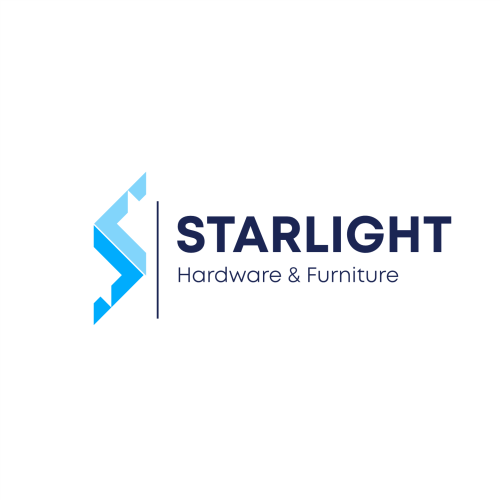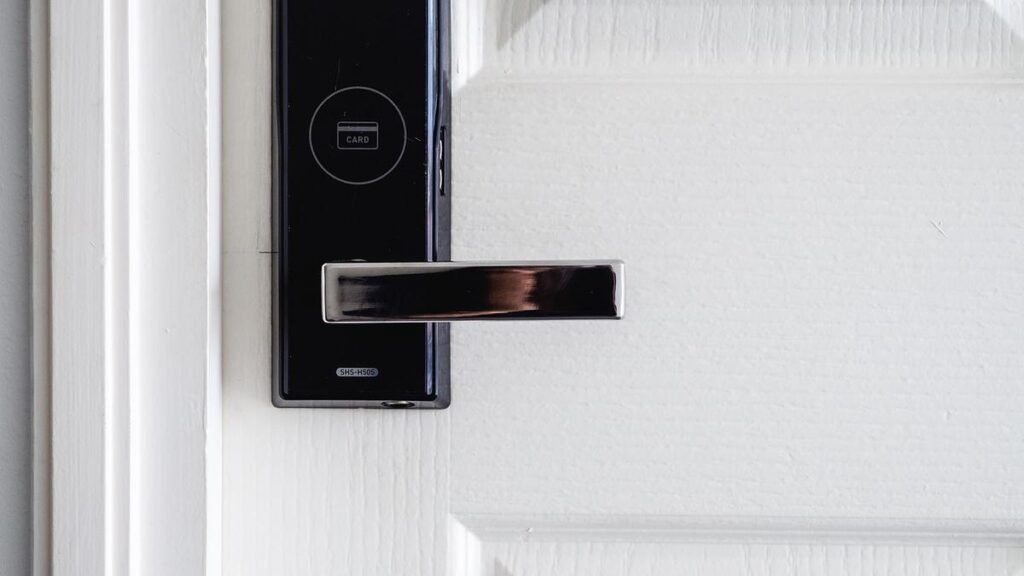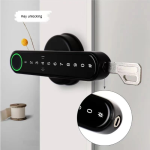Security integrators have reached a tipping point. Adopting IoT and advanced smart devices doesn’t just keep providers in step with industry trends; it elevates their role from installer to technology pioneer. With buildings demanding ever more complex safety solutions, traditional cameras, alarms, and mechanical locks fall short. Integrators who build networks of connected hardware can offer clients proactive systems that detect risks before they escalate. That shift in approach not only addresses modern security concerns but delivers new revenue streams and deeper service relationships. In commercial and residential settings alike, the line between standard protection and intelligent security is being redrawn by IoT.
Rapid innovation in technology offers both a significant chance and a serious challenge for commercial and residential integrators, especially in building security. Emerging IoT gadgets raise the bar for performance and reliability. Systems based on standalone cameras, simple alarms, and traditional locks no longer satisfy the demands of connected environments. Clients expect devices and platforms that communicate seamlessly across networks, sharing data and insights. This shift requires integrators to rethink system design, installation, and ongoing support. By replacing reactive components with dynamic, networked solutions, service providers can tackle modern threats more effectively and align their offerings with clients’ need for comprehensive visibility and control.
Clients now seek intelligent, scalable systems that integrate access control, surveillance, and building management into a unified platform. The Internet of Things refers to networks of sensors, software, and connectivity embedded in everyday devices. Instead of waiting for alarms to trigger, these devices can identify, report, and even respond to risks in real time. In commercial facilities, smart cameras, biometric readers, intrusion detectors, and environmental sensors all feed data into a central cloud service. The result: a security framework that learns from events, adapts to changing conditions, and offers administrators instant insight and remote control. Today’s expectations demand smart, customizable services.
Integrators who embrace these IoT ecosystems can offer high-value services that go beyond simple detection. Real-time visibility into every device and event allows clients to manage buildings from smartphones or central dashboards. By layering AI-driven analytics, systems can spot unusual patterns—loitering in restricted zones or after-hours movement—and flag them for attention. Automation rules can trigger responses like door lockdowns, alerts to security teams, or lighting changes to deter suspicious activity. This proactive approach reduces false alarms and helps security staff focus on critical incidents. As analytics improve, predictive insights become possible, positioning integrators as trusted advisors in risk management.
IoT-based security relies on several key building blocks. Each piece contributes unique capabilities when linked to a unified management system. Smart surveillance cameras now offer motion detection, facial recognition, and real-time analytics. Modern access control replaces cards and PINs with mobile credentials and biometrics, and grants customized permissions by user, location, or schedule. Intrusion sensors on doors, windows, and glass, plus motion detectors, alert managers of unauthorized access instantly. Environmental monitors cover fire, flooding, air quality, and temperature, and can trigger protective steps such as system lockdowns or HVAC shutdowns to limit harm. They feed data continuously to cloud platforms, supporting automated reporting and quick action.
Real-time monitoring and remote access transform how security is delivered. Integrators can set up systems that stream live video, manage entry permissions, and address alarms from any location. Multi-site commercial clients, vacation homeowners, and property managers all benefit from this mobility. For service providers, these features unlock ongoing revenue through managed services and health monitoring of devices. Automated alerts on system status—like low battery or offline cameras—allow preventive maintenance before failures occur. With continuous oversight, clients gain peace of mind, and integrators strengthen relationships by staying ahead of issues without waiting for on-site calls. This setup helps turn reactive support into proactive service.
Traditional mechanical locks, keycards, and keys can be lost, copied, or misused. Smart locks paired with mobile credentials let managers grant or revoke entry instantly, ideal for sites with rotating staff or frequent deliveries. Biometric readers—fingerprint scanners, facial readers, or retina devices—add a secure layer by verifying individuals at the door. Multi-factor authentication combines two or more credentials, reducing risk of unauthorized entry. These solutions have become increasingly affordable, making it worthwhile for integrators to master their installation and maintenance. Building owners enjoy enhanced security along with simplified administration, since credentials can expire automatically when contracts or visits end.
IoT-enabled access systems let facility managers tailor permissions precisely. Permissions can be set by staff role, building zone, or specific hours, and even temporary passes for contractors or visitors can expire automatically. That flexibility reduces the burden of manual credential management and lowers the risk of unauthorized entry. Custom schedules can block access on off-duty days or during special events. All changes sync immediately across connected door controllers and mobile apps. Clients gain confidence that only the right people have entry at the right time, and integrators secure a reputation for providing fine-grained control.
IoT gadgets often include self-diagnostic functions that track their own health. If a camera stops sending video or a sensor’s battery is low, the network issues an alert to maintenance teams or contracted integrators. Early warning means problems can be fixed before they interrupt operations. This reliability is crucial for high-end residential clients and commercial facilities where downtime can be costly. Integrators offering support contracts benefit from predictable monitoring fees and stronger client loyalty. Knowing exactly when devices need attention helps technicians plan service visits and reduces emergency call-outs, yielding cost savings and smoother system performance. That visibility turns maintenance into a strategic advantage.
Integrators can link security platforms with HVAC, lighting, elevator controls, and energy management systems to coordinate automated responses and boost efficiency. Motion sensors detecting occupancy can signal HVAC units or lighting to adjust settings, cutting waste in empty zones. In emergencies, the same framework can trigger lockdowns, guide evacuation routes with illuminated signage, and update first responders in real time. By expanding services beyond security, integrators evolve into full-scale smart building providers. This interoperability improves safety, enhances occupant comfort, and reduces operational costs, creating a more attractive investment for property owners. Owners gain insights that reveal usage patterns and cost savings over time.
AI-driven analytics sharpen system intelligence by processing large data streams from connected devices. Machine learning algorithms can tell the difference between a routine delivery at a loading dock and a potential threat, minimizing false alarms. Over time, these analytics adapt to patterns in the data, refining alerts and response rules. Human guards and managers receive only meaningful notifications, giving them time to focus on key security tasks. Integrators who master AI integrations deliver smarter, more proactive solutions that demonstrate measurable value. That capability builds trust and positions integrators as indispensable partners in a building’s security strategy.
Security is not a single-product solution but a multi-layered plan combining physical devices, network safeguards, staff oversight, and emergency procedures. Integrators are well placed to guide clients through design, deployment, and ongoing governance of connected environments. Industry gatherings such as CEDIA Expo/Commercial Integrator Expo showcase integrated platforms and offer education on holistic technology approaches. Attendees explore new devices, software tools, and workflows that optimize operational efficiency and risk management. By studying these innovations, integrators can craft roadmaps that protect buildings today and adapt as threats shift. Developing a comprehensive security blueprint helps firms expand their service portfolio and deepen client partnerships.



